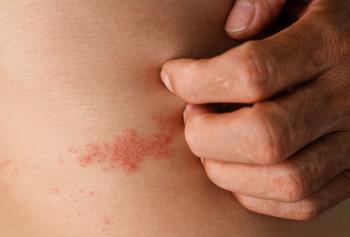
This Year's Flu Season May be a Busy One as COVID Precautions Wane
As COVID-19 precautions are dwindling throughout the world, this upcoming flu season could re-heighten those precautions.
As COVID-19 precautions are dwindling throughout the world, this upcoming flu season could re-heighten those precautions, according to
While much of the world was in lockdown and taking precautions against COVID-19, there was virtually no flu season, Webby said.
“Many of the measures we used such as hand washing, disinfecting surfaces, and wearing masks to protect ourselves against COVID were also responsible for preventing influenza," he said. "But this lull in flu activity is only temporary; it is possible we may see the flu virus roaring back with a vengeance starting this fall as we relax these preventative measures.”
Epidemiologist Lauren Ancel Meyers, director of the University of Texas Covid-19 Modeling Consortium, told CNBC since our Covid mitigation measures prevented influenza transmission last year, there aren't many people who were recently infected.
In a recent paper authored by Webby,
“We will be watching what happens in the Southern Hemisphere to see how much flu activity is starting to occur," he said. "If flu activity starts to rise in the Southern Hemisphere, it will give us a critical preview of what may be headed our way in the United States and how we can take early, precautionary steps to mitigate the impact. Right now flu activity is still low, but RSV (Respiratory Syncytial Virus) - a respiratory virus that was also pushed out by COVID precautions - is hitting Australia and New Zealand particularly hard."
According to a recent Time Magazine summary, this summer, RSV cases are spiking, particularly in southern states in the U.S. Around 2,000 confirmed cases
When the pandemic hit, sending people inside and
RSV is transmissible, more so than some other viruses, CDC said. But one reason for the surge may be that children who typically wouldn’t be susceptible to RSV are vulnerable this year.
Typically, the CDC says, almost all children catch RSV in their first two years of life, but babies who were born during or shortly before the pandemic may not have encountered RSV as they usually would have, meaning they’re more susceptible to it now.
However, symptoms can be monitored and are no reason to panic. These include mild symptoms like a runny nose, coughing and sneezing — but if a child has trouble breathing, is very lethargic or can’t keep down food or water, they should see a doctor. Adults infected with RSV usually develop nothing more than cold-like symptoms, but elderly adults should be on the lookout for more severe issues, like dehydration or trouble breathing, according to the article.
Newsletter
Get the latest industry news, event updates, and more from Managed healthcare Executive.


















































